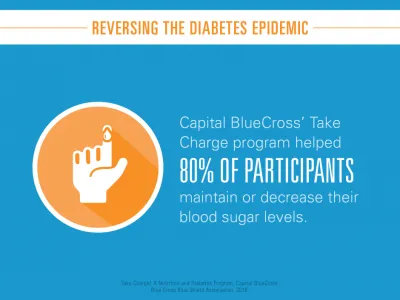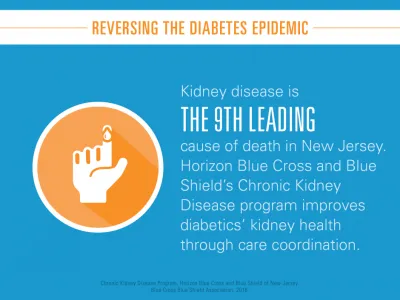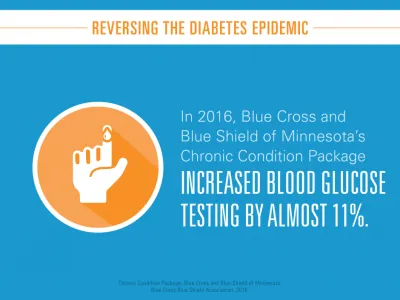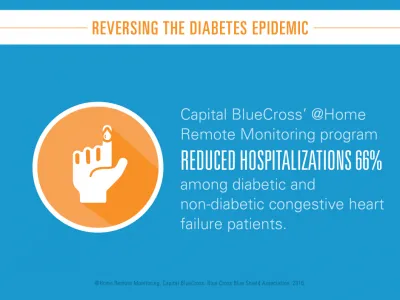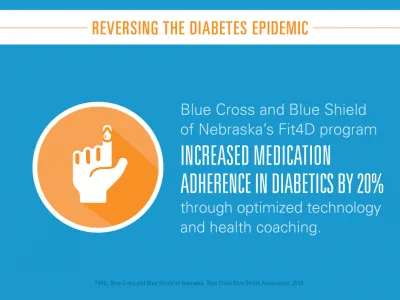Spotlight on health: Reversing the diabetes epidemic

For millions of Americans, diabetes is an unexpected and life-altering diagnosis.
This is true for Siani, a college student, who at 10 years old was diagnosed with type 1 diabetes. She recalls, “My primary care doctor told me, ‘This is going to be your life from now on.’”
Today, she is a typical undergraduate living away from home, which means navigating her new independent life and walking around with a purse full of juice, snacks and insulin. She's also among the growing number of younger people impacted by diabetes.
Where we are today
Today, diabetes affects 29 million Americans and remains the 7th leading cause of death in the United States. While this is a staggering statistic, attention for the disease does not rival its national magnitude, and it largely remains an invisible epidemic. For example, almost 8 million Americans do not even know they have diabetes — and only 10 percent of the 86 million people with pre-diabetes are aware of their condition.
These numbers force us to ask some important questions: Why aren’t we further along? Is there something more we should be doing?
Groups like the American Diabetes Association have pointed out the need for more diabetes research because the amount of money spent on diabetes research by the National Institutes of Health pales in comparison to what is spent per patient for other diseases.
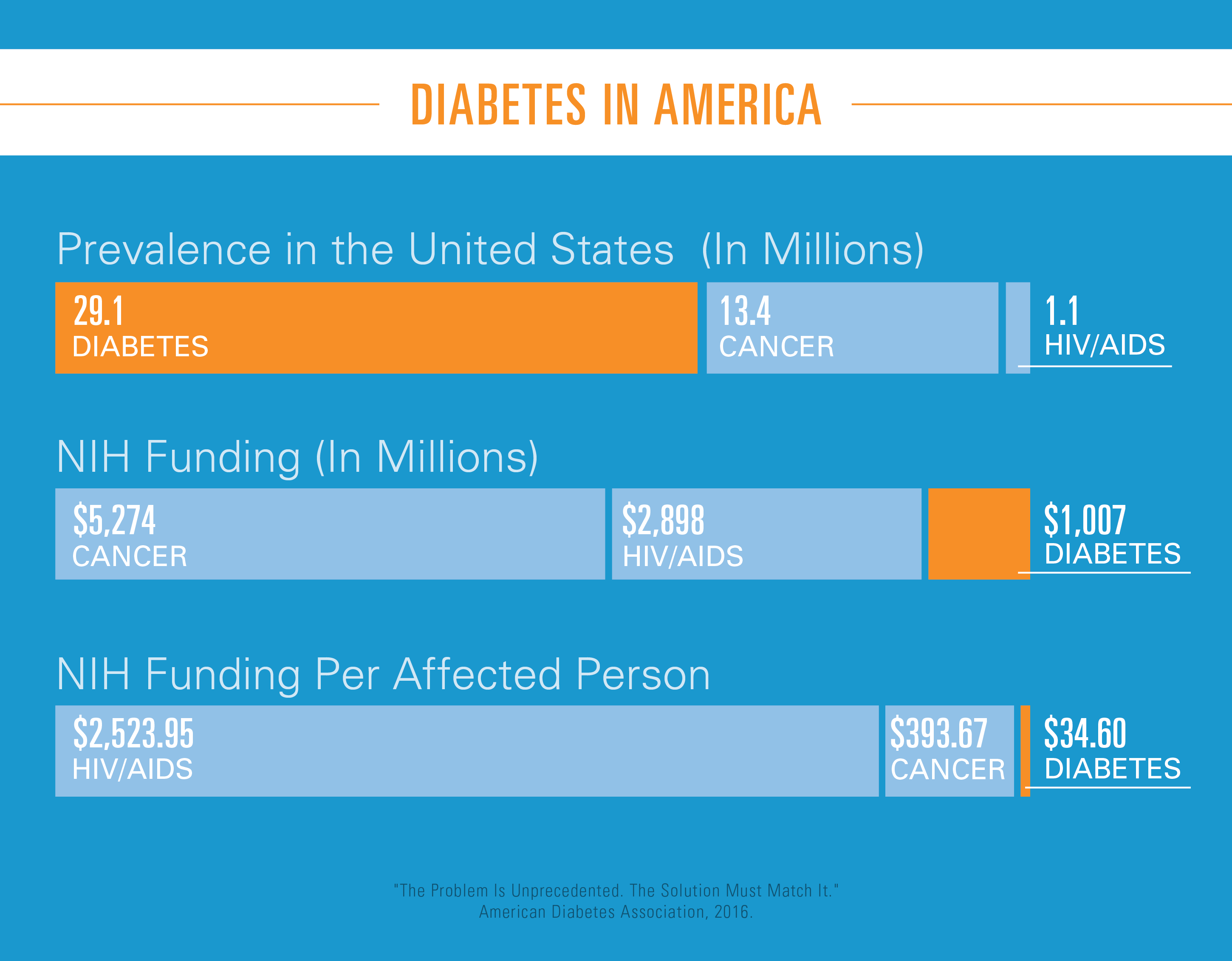
Second, spreading awareness collaboration among government agencies, nonprofits and advocacy groups is critical to and educating people about diabetes. For example, the Centers for Disease Control and Prevention (CDC) partnered with the Ad Council, American Diabetes Association and the American Medical Association to develop the first-ever national campaign – DoIHaveDiabetes.org – that raises awareness for the 86 million adults with prediabetes.
Third, people need access to high quality medical care and medicines. A recent study by the Journal of the American Medical Association found that the cost of insulin nearly tripled between 2002 and 2013, forcing some people to ration their insulin and compromise their health. Rationing insulin can be life-threatening and can increase a person’s risk of complications such as blindness, amputation, kidney failure, heart disease and stroke.
Blue Cross and Blue Shield companies have made significant investments to help reverse the diabetes epidemic, including providing patient-focused chronic disease programs, leveraging new technologies and improving the coordination of care.
The ‘Spotlight on Health’ series provides a forum for expert perspectives on the top five conditions affecting America’s health today, according to the Blue Cross Blue Shield Health Index. Diabetes ranks #3 out of 200 conditions.

